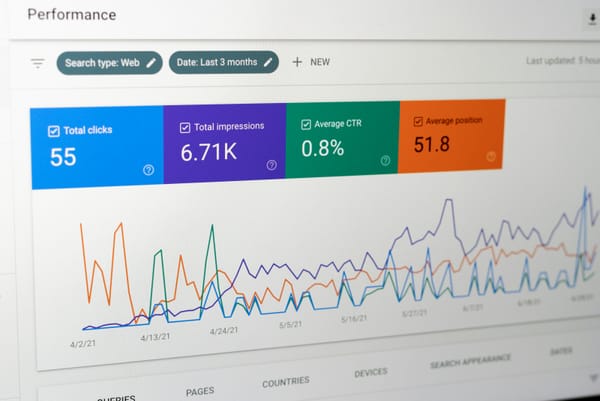Maximizing Your Blog's Potential with Google Indexing
Strategies for Maximizing Your Blog's Potential
Maximizing your blog's potential through Google indexing involves several strategies that can significantly enhance your site's visibility, traffic, and overall SEO performance. Here are some key strategies to consider:
- Optimize Your Content: Ensure your blog content is high-quality, relevant, and optimized for search engines. Use keywords strategically, create engaging headlines, and provide valuable information to your readers.
- Improve Site Speed: Google prioritizes fast-loading websites in its search results. Use tools like Google PageSpeed Insights to identify and fix any issues that might be slowing down your blog.
- Mobile Optimization: With Google's mobile-first indexing, ensure your blog is mobile-friendly. This means your site should be responsive and load quickly on mobile devices.
- Use Structured Data: Implement structured data on your blog to help Google understand the content of your pages better. This can improve your search rankings and make your content more engaging to users.
- Create a Comprehensive Sitemap: A sitemap helps Google discover all the pages on your blog. Make sure your sitemap is up-to-date and includes all relevant pages, including those that might not be linked from other pages.
- Regularly Update Your Blog: Regularly publishing new content keeps your blog fresh and relevant, which can improve your search rankings and attract more traffic.
How the Service Integrates with Your Existing SEO Efforts
Google Search Console is a powerful tool that integrates seamlessly with your existing SEO efforts. It provides insights into how Google views your blog and offers tools to improve your search performance. Here's how it fits into your SEO strategy:
- Monitor Indexing: Google Search Console allows you to monitor which pages of your blog are indexed by Google. This helps you understand the scope of your blog's presence in Google's index and identify any pages that might not be indexed.
- Fix Crawl Errors: The tool provides detailed reports on crawl errors, such as 404 errors, which can prevent your blog from being indexed properly. Identifying and fixing these issues is essential for maintaining a healthy search presence.
- Improve Site Speed: Google Search Console offers performance insights, including how long it takes for your pages to load and how your blog's mobile-friendliness is perceived by Google. Improving these metrics can enhance your blog's search rankings.
- Sitemap Submission: Google Search Console simplifies the process of submitting your sitemap to Google. A sitemap is a file that lists the URLs for your blog, allowing Google to more intelligently crawl your site. Submitting a sitemap ensures that Google can find and index all the pages on your blog.
Tips for Maintaining a Healthy Indexing Rate
Maintaining a healthy indexing rate is crucial for ensuring your blog remains visible in Google search results. Here are some tips to help you achieve this:
- Regularly Update Your Sitemap: Make sure your sitemap is up-to-date and includes all relevant pages on your blog. This helps Google discover new content and update its index accordingly.
- Monitor Crawl Errors: Use Google Search Console to monitor crawl errors and fix them promptly. This ensures that Google can index your blog's pages without issues.
- Optimize for Mobile: Ensure your blog is mobile-friendly, as Google uses mobile-first indexing. This means your site should be responsive and load quickly on mobile devices.
- Improve Site Speed: Use tools like Google PageSpeed Insights to identify and fix any issues that might be slowing down your blog. A faster-loading site is more likely to be indexed by Google.
- Regularly Publish New Content: Keep your blog fresh and relevant by regularly publishing new content. This can improve your search rankings and attract more traffic.
Conclusion
Maximizing your blog's potential with Google indexing involves a combination of optimizing your content, improving site speed, ensuring mobile optimization, using structured data, creating a comprehensive sitemap, and regularly updating your blog. By integrating Google Search Console into your SEO efforts and following these strategies, you can improve your blog's visibility, attract more traffic, and ultimately, increase your revenue.

